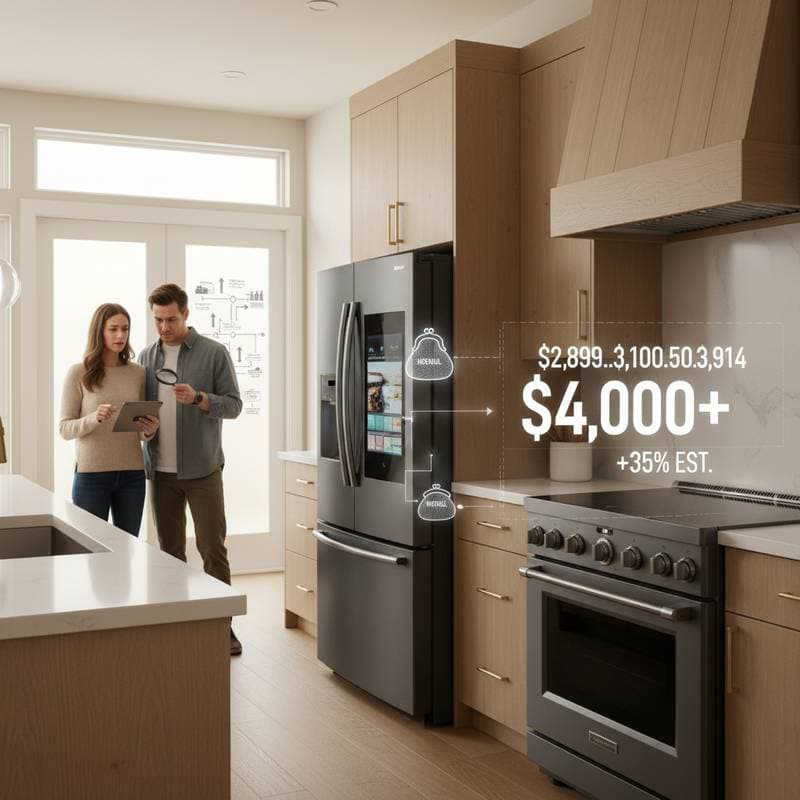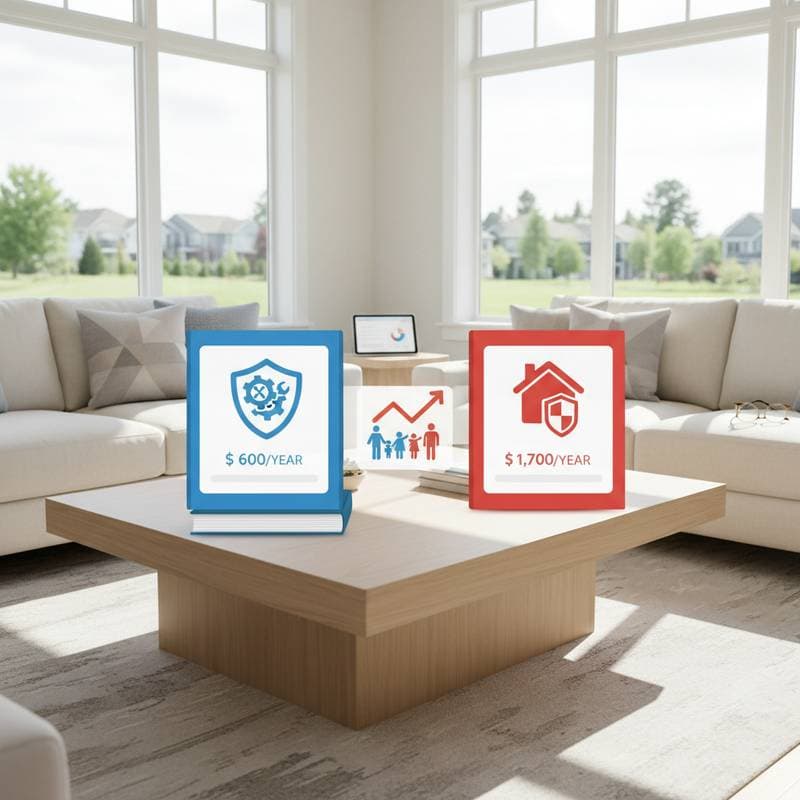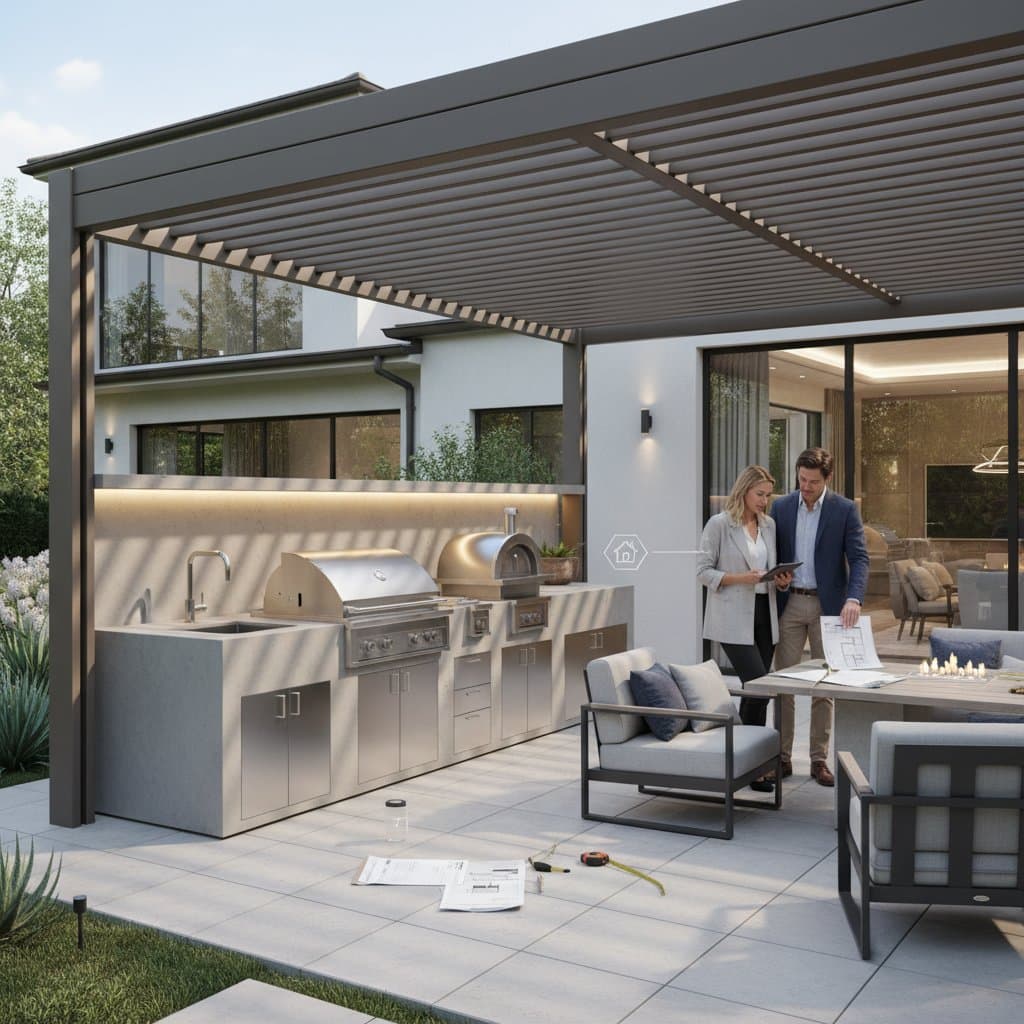2025 Granny Pod Costs: Permits and Installation Breakdown
A granny pod provides an aging family member with independence and proximity to support. These compact backyard residences, known as accessory dwelling units or ADUs, include essential features of a full home within a modest space. Homeowners often seek clarity on expenses. This guide details the requirements for installation, factors influencing costs, and strategies for managing permits, utilities, and maintenance.
Cost Breakdown and Key Influences
Pricing for a granny pod varies based on the construction method: stick-built, prefabricated, or modular assembly on site. Local labor rates, site accessibility, and utility connections also play significant roles in the final figure.
| Scope Item | Material Cost Range | Labor Cost Range | Total Range | Notes on Drivers |
|---|---|---|---|---|
| Site Prep and Foundation | $8,000 - $18,000 | $5,000 - $12,000 | $13,000 - $30,000 | Expenses increase with grading, tree removal, or challenging access |
| Shell and Framing | $25,000 - $45,000 | $15,000 - $25,000 | $40,000 - $70,000 | Reinforced framing for snow or wind loads raises costs |
| Electrical, Plumbing, HVAC | $8,000 - $12,000 | $10,000 - $16,000 | $18,000 - $28,000 | Extended utility runs and trenching may add $5,000 or more |
| Interior Finishes | $10,000 - $20,000 | $8,000 - $15,000 | $18,000 - $35,000 | Selections in tile, cabinetry, and accessibility options elevate expenses |
| Permits, Design, and Fees | $3,000 - $6,000 | Included | $3,000 - $6,000 | Covers plan reviews, structural approvals, and impact fees |
| Delivery or Crane Set (Prefab) | $2,000 - $5,000 | $2,000 - $5,000 | $4,000 - $10,000 | Essential for modular units or sites with restricted access |
The overall range for a fully installed granny pod typically falls between $90,000 and $180,000. Prefabricated models begin at approximately $70,000 prior to site preparation. Custom constructions may exceed $200,000 with premium finishes or comprehensive accessibility adaptations.
Step-by-Step Installation Guide
Every granny pod project follows a structured progression. Adhering to this sequence minimizes delays, rework, and inspection issues.
1. Planning and Securing Permits
- Consult local planning officials to verify ADU zoning compliance.
- Obtain a site survey, soil analysis, and preliminary design drawings.
- Submit applications for building, plumbing, electrical, and mechanical permits.
- Anticipate fees from $2,000 to $6,000, varying by jurisdiction.
2. Site Preparation
- Remove vegetation and ensure a level grade.
- Install utility stubs for water, sewer, and electricity.
- Construct a concrete slab or pier footings according to engineering specifications.
- Arrange for a foundation inspection prior to framing.
3. Construction or Delivery
- Stick-built projects involve framing and shell erection over 2 to 4 weeks.
- Prefabricated units arrive pre-assembled; crane placement and securing occur in one day, followed by utility integrations.
4. Rough-Ins and Required Inspections
- Licensed professionals install electrical, plumbing, and HVAC systems.
- Inspectors verify framing integrity, wiring safety, and drainage before enclosing walls.
5. Interior Completion and Finishes
- Apply insulation, drywall, flooring, cabinetry, and fixtures.
- Finish with painting and trim work.
6. Final Utility Connections and Landscaping
- Connect to the primary home's utilities or establish independent metering.
- Ensure proper drainage grading and add basic landscaping for soil stability.
Project Timeline:
Prefabricated builds require 6 to 8 weeks from permit issuance to occupancy. Stick-built options extend to 12 to 16 weeks, influenced by weather and subcontractor availability.
Advantages, Drawbacks, and Ideal Applications
Advantages
- Family members remain nearby with personal space preserved.
- Property value rises in areas permitting ADUs.
- The unit can function as a rental or guest space in the future.
- It offsets costs associated with assisted living facilities.
Drawbacks
- Substantial initial investment and extended permitting timelines.
- Potential increases in property taxes and insurance premiums.
- Limited market appeal in communities without ADU interest.
- Complex utility integrations on established properties.
Ideal Scenarios
- Properties featuring at least 20 feet of side or rear setbacks.
- Sites with sufficient sewer and power infrastructure.
- Households committed to multigenerational arrangements over the long term.
Ongoing Maintenance and Expected Durability
A properly constructed granny pod endures 30 to 50 years under routine upkeep. Prefabricated versions often include 10- to 20-year structural warranties.
Maintenance Schedule
| Stage | Task | Frequency |
|---|---|---|
| Post-Installation | Verify grading and downspouts for effective runoff | Initial 3 months |
| Seasonal | Examine roof, gutters, HVAC filters, and smoke detectors | Biannually |
| Annual | Recaulk windows, test GFCI outlets, flush water heater | Yearly |
| Long-Term | Renew roofing, repaint siding, upgrade fixtures | Every 15 to 25 years |
Maintain a record of inspections and tasks to support warranty claims and enhance resale potential.
Evaluating Contractor Bids
Solicit at least three detailed bids, each specifying scope, materials, and exclusions. A comparison table highlights discrepancies.
| Line Item | Specification or Scope | Contractor A | Contractor B | Contractor C | Variance Notes |
|---|---|---|---|---|---|
| Foundation | 4-inch slab with rebar | $12,000 | $14,500 | $13,200 | Confirm inclusion of compaction test |
| Framing and Exterior | 2x6 walls, fiber cement siding | $32,000 | $29,800 | $31,500 | Inquire about windows and doors |
| Plumbing and Electrical | Full rough-in to main house | $22,000 | $25,000 | $23,500 | Verify allowance for trench length |
| Interior Finish | Drywall, cabinets, flooring | $20,000 | $18,500 | $19,000 | Review material quality details |
| Permits and Inspections | Local fees and final approvals | $5,000 | $5,000 | $5,000 | Fixed expense |
Verify contractor credentials, including licenses, insurance, and client references. Structure payments around inspection completions rather than fixed dates.
Regional and Utility Considerations Impacting Expenses
Urban locations offer shorter connections but higher permit costs, while rural areas may require septic systems and wells that inflate budgets. Harsh climates demand deeper foundations and enhanced insulation; milder regions suffice with basic slab designs. Restricted site access necessitates specialized equipment like smaller cranes, adding to labor and setup fees. Utility extensions of 50 feet typically incur $1,000 to $1,500 in additional trenching costs.
Addressing Common Issues
Moisture accumulation beneath the unit calls for a French drain installation or slope regrading. Frequent breaker trips indicate undersized circuits or an overloaded subpanel; consult an electrician for upgrades. Insufficient water pressure stems from partial valves or narrow supply lines; perform a full system check. Uneven heating or cooling requires HVAC register adjustments or added return vents. Minor drywall cracks from settling warrant taping and repainting after six months.
Steps to Launch Your Project
Begin by assessing your property's zoning and utility capacity through a local consultation. Gather bids from vetted contractors and prioritize those offering clear timelines and warranties. Track every expense and milestone to ensure the granny pod delivers lasting value and family benefits.



